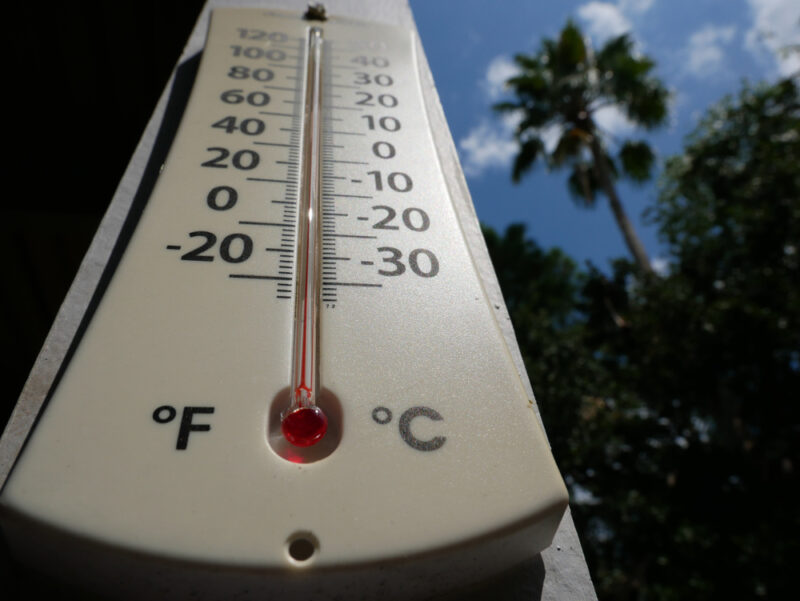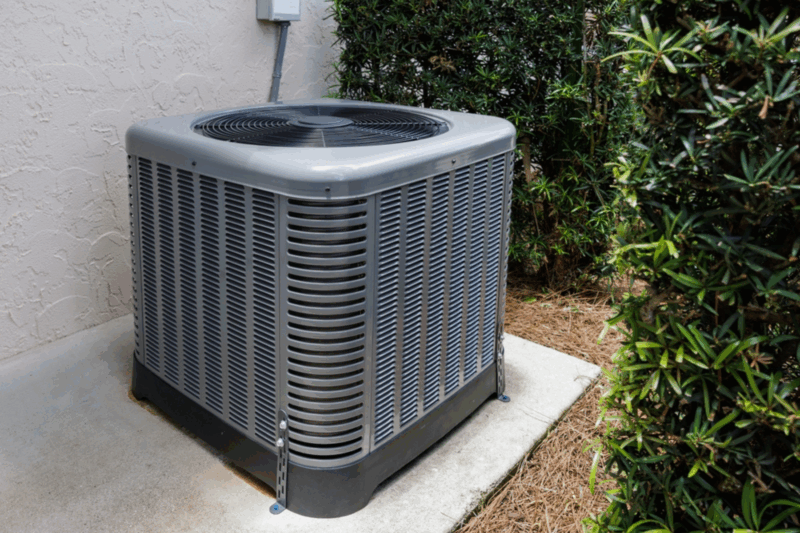The HVAC industry has seen tremendous technological advancements over the past few decades—but few areas have evolved more than refrigerants. These critical compounds are responsible for absorbing and releasing heat, making them essential to air conditioning and refrigeration systems. But as our understanding of environmental impacts has grown, so too has the demand for safer, more sustainable refrigerants. Let’s explore the evolution of refrigerants, starting with R-22 and looking ahead to what the future holds.
R-22: The Workhorse of the Past
For decades, R-22 (also known as HCFC-22) was the standard refrigerant in residential and commercial HVAC systems. Introduced in the 1950s, R-22 was favored for its efficiency, stability, and performance. However, it came with a significant drawback: it contained chlorine, a chemical that contributes to ozone layer depletion when released into the atmosphere.
As scientific awareness of environmental issues grew in the late 20th century, the Montreal Protocol—a global environmental agreement signed in 1987—initiated a phase-out of ozone-depleting substances, including R-22.
The R-410A Era: A Step Forward
In response to the R-22 phase-out, manufacturers transitioned to R-410A, a hydrofluorocarbon (HFC) refrigerant with zero ozone depletion potential. R-410A offered several performance benefits over R-22:
- Higher energy efficiency
- Better heat transfer properties
- Operates at a higher pressure, requiring more durable components
While R-410A solved the ozone depletion issue, it wasn’t a perfect solution. Like other HFCs, it has a high Global Warming Potential (GWP), meaning it can contribute significantly to climate change if leaked into the atmosphere.
Looking Ahead: The Rise of Low-GWP Refrigerants
With the phase-down of HFCs under the Kigali Amendment to the Montreal Protocol and regional regulations like the EPA’s AIM Act in the U.S., the HVAC industry is once again shifting gears—this time toward low-GWP refrigerants.
Popular Next-Generation Refrigerants:
- R-32: Already widely used in many parts of the world, R-32 has a GWP about 68% lower than R-410A. It is more efficient but mildly flammable, requiring new safety protocols.
- R-454B and R-466A: These are considered direct replacements for R-410A in new systems and offer a lower GWP with similar performance.
- CO₂ (R-744) and Ammonia (R-717): These natural refrigerants have near-zero GWP and have been used for years in industrial applications. They are gaining attention for broader use but come with their own handling challenges.
What This Means for Homeowners and Businesses
As refrigerants continue to evolve, consumers and building owners will see changes in:
- System compatibility: Newer refrigerants typically require new equipment designed for higher efficiency and specific pressure requirements.
- Maintenance and service: Technicians need up-to-date training to handle emerging refrigerants safely and effectively.
- Environmental impact: Using systems with low-GWP refrigerants is a meaningful way to reduce your carbon footprint.
All in all, the transition from R-22 to R-410A and beyond reflects a larger trend in HVAC: balancing performance, safety, and sustainability. As regulations and technology continue to advance, the HVAC industry is moving toward a cleaner, greener future—one refrigerant at a time.Whether you’re a homeowner planning a system upgrade or a business owner considering long-term building solutions, understanding this evolution can help you make smarter, more responsible choices.



